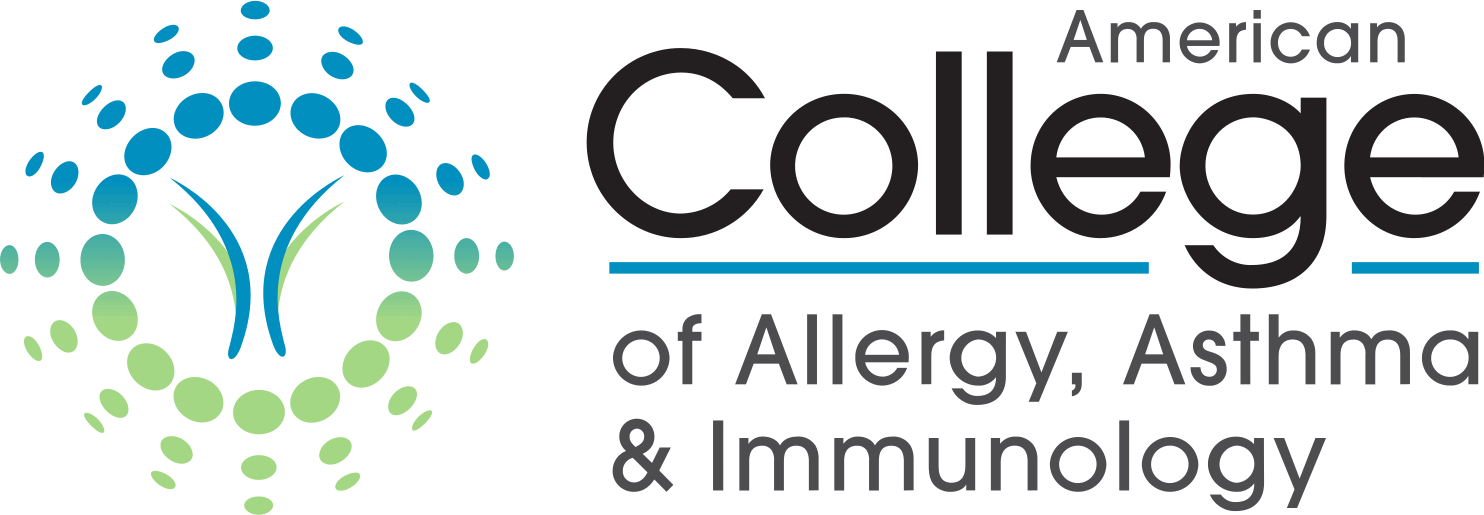Newswise — Asthma was found uncontrolled in 85 percent of asthmatic school-aged children in Little Rock, Ark., based on the presence of symptoms and the need for rescue medication.
The investigation, described by researchers as unique in its use of a validated questionnaire to define the symptom profile of a heterogeneous school-based population, is reported in Annals of Allergy, Asthma & Immunology, the scientific journal of the American College of Allergy, Asthma and Immunology (ACAAI).
Using "no symptoms or use of rescue medications in the previous four weeks" as definition of asthma control, Perla A. Vargas, Ph.D., with the University of Arkansas for Medical Sciences and Arkansas Children's Hospital in Little Rock, Ark., and colleagues found that only 14 percent of the non-active and less than 1 percent of the children's active and suspected cases were controlled.
The prevalence of active symptoms indicating poor asthma control was extremely high among urban, minority children. African American race, Medicaid enrollment and male sex were found to be independent predictors of asthma risk.
Of the 5,417 children surveyed, 1,341 (25 percent) were classified as being at risk of asthma. African American children had a higher prevalence of asthma (27 percent vs. 19 percent), a higher proportion of active asthma (19 percent vs. 8 percent) and greater Emergency Department (ED) use in the past (61 percent vs. 30 percent).
Findings that show asthma places a substantial burden on children's lives include:-- 50 percent of children with active asthma had been treated in the ED at least twice in the past two years-- 52 percent of the asthmatic children reported activity limitation as often-- 29 percent reported nighttime symptoms once or more per week-- 17 percent reported missing five or more days of school per year due to asthma
Asthma cases were determined by physician diagnosis and/or by identification by the University of Southern California (USC) algorithm as at risk of asthma. Contrary to the investigators' original hypothesis, most of the cases were physician diagnosed, with the algorithm detecting only 2 percent of children with active asthma symptoms but no physician diagnosis of asthma.
According to the investigators, the study illustrates that public school systems nationwide are challenged by the asthma epidemic with limited information and extremely limited resources.
"The investigators have done a creditable job demonstrating the magnitude of the problem," wrote guest editorial authors Joseph D. Spahn, M.D., and Andrew H. Liu, M.D., from National Jewish Medical and Research Center, and the University of Colorado Health Sciences Center in Denver. "Their data suggest that neither the size of the city nor the location of the state matters. What seems to matter is being of African American ethnicity and the conditions associated with poverty."
Patient information on allergic diseases including asthma is available by calling the ACAAI toll free number at (800) 842-7777 or visiting its Web site at http://www.acaai.org.
The American College of Allergy, Asthma and Immunology (ACAAI) is a professional medical organization headquartered in Arlington Heights, Ill., that promotes excellence in the practice of the subspecialty of allergy and immunology. The College, comprising more than 5,000 allergists-immunologists and related health care professionals, fosters a culture of collaboration and congeniality in which its members work together and with others toward the common goals of patient care, education, advocacy and research.
Citations:
Vargas PA, et al. Symptom profile and asthma control in school-age children. Ann Allergy Asthma Immunol 2006;96:787-793.
Spahn, JD. Guest editorial: The inner-city asthma epidemic reaches far and wide. Ann Allergy Asthma Immunol 2006; 96:759-761.
Annals of Allergy, Asthma & Immunology is online at http://www.annallergy.org.
MEDIA CONTACT
Register for reporter access to contact detailsCITATIONS
Annals of Allergy, Asthma & Immunology (Jul-2006)
